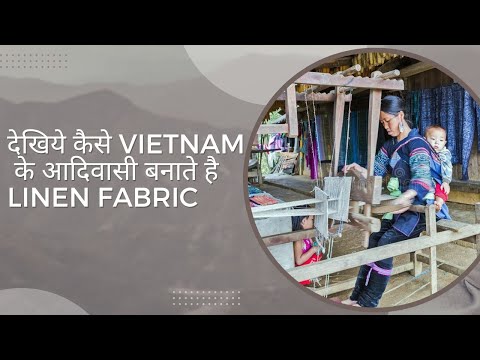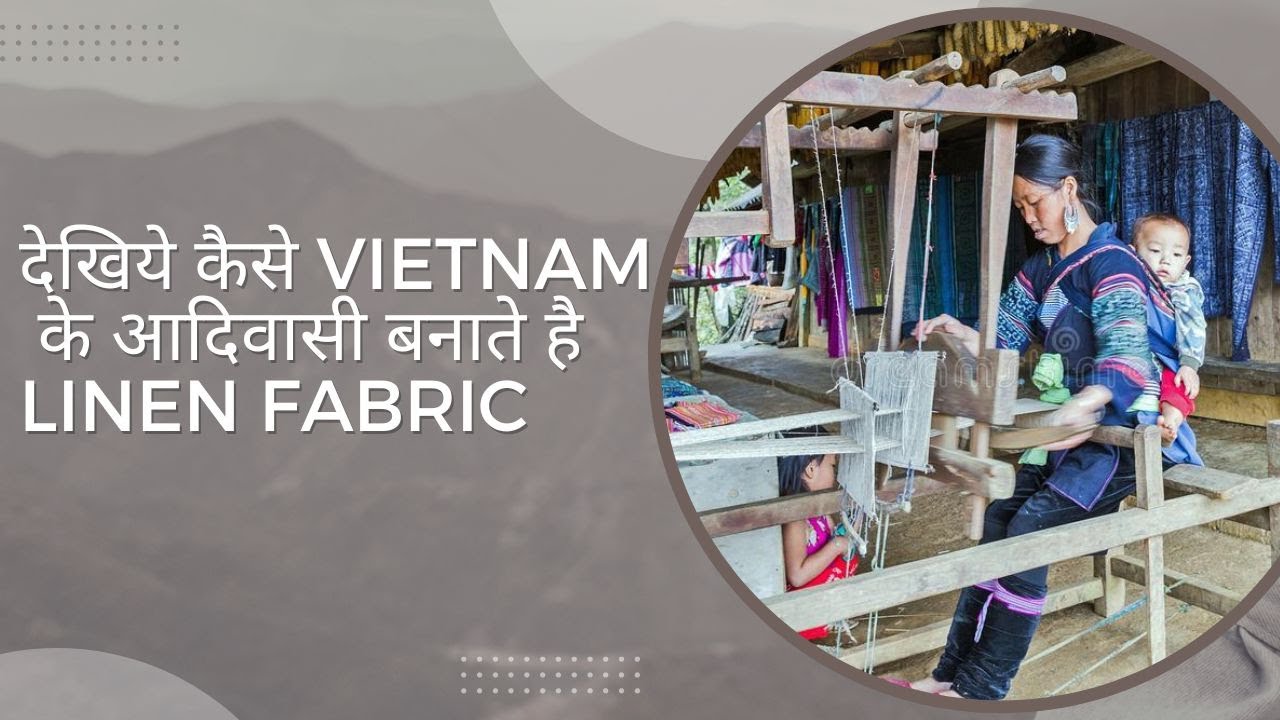Tribal Fabric: A Tapestry of Culture, History, and Artistry
Immerse yourself in the vibrant world of tribal fabric, where threads of culture, history, and artistry intertwine to create mesmerizing masterpieces. Each pattern, color, and texture tells a story, offering a glimpse into the rich heritage and traditions of indigenous communities from around the globe.
Step into a realm where ancient techniques are meticulously passed down through generations, preserving the authenticity and soul of these remarkable textiles. With every stitch, weavers skillfully bring their visions to life, infusing their creations with profound meaning and symbolism. Each piece reflects the unique identity of its origin, encapsulating the essence of their land, beliefs, and customs.
From the intricate geometric motifs of the Aztecs to the bold, earthy tones of African tribes, tribal fabric is a testament to the resilience and ingenuity of its creators. As you run your fingers over the fabric’s luxurious threads, you can’t help but marvel at the sheer dedication and passion poured into every inch. The deep-rooted cultural significance of these textiles resonates, evoking a sense of wonder and appreciation for the craftsmanship that surpasses time and borders.
Whether adorning your home with a tribal-inspired tapestry or draping yourself in a one-of-a-kind garment, the allure of tribal fabric is undeniable. It invites you to become part of a global tapestry, celebrating diversity and honoring the interconnectedness of our world. Indulge in the allure of tribal fabric, and embark on a journey that transcends fashion to embrace the beauty of human expression.

Tribal Fabric: A Rich Tapestry of Cultural Heritage
When it comes to fabric with a story to tell, tribal textiles are in a league of their own. With their vibrant colors, intricate patterns, and cultural significance, these fabrics have captured the hearts of people around the world. In this article, we delve into the fascinating world of tribal fabric, exploring its history, significance, and appeal.
The Origins of Tribal Fabric
Tribal fabric has a long and rich history that dates back centuries. It is deeply rooted in the traditions and customs of indigenous communities across the globe. From the colorful ikats of Central Asia to the handwoven mud cloth of West Africa, each region has its own unique style and technique.
These fabrics are often made using traditional methods passed down through generations. Hand-weaving and natural dyeing techniques are commonly employed, resulting in textiles that are not only visually stunning but also sustainable and eco-friendly.
The Cultural Significance of Tribal Fabric
Tribal fabric is far more than just a piece of cloth. It holds deep cultural and symbolic meaning for the communities that create them. Each pattern, color, and motif tells a story about the tribe’s history, beliefs, and identity.
For example, the geometric patterns found in Navajo textiles represent the interconnectedness of all living things, while the bold colors used in Kente cloth symbolize wealth and prestige in Ghanaian culture.
These fabrics are often used for various ceremonial purposes, such as weddings, births, and coming-of-age rituals. They are also worn as a form of cultural expression and pride, serving as a visual representation of a tribe’s heritage.
The Global Appeal of Tribal Fabric
Over the years, tribal fabric has gained immense popularity beyond its place of origin. Its unique aesthetic and cultural significance have captured the attention of designers, collectors, and fashion enthusiasts worldwide.
Many fashion designers incorporate tribal fabrics into their collections, bringing a touch of authenticity and cultural diversity to the runways. Additionally, interior designers often use these textiles to add a vibrant and eclectic touch to their spaces.
The appeal of tribal fabric lies in its ability to tell a story and evoke a sense of connection to different cultures. Each piece carries a history and a sense of authenticity that cannot be replicated.
Sustaining Tribal Fabric Traditions
As the world becomes more interconnected, there is a growing concern about the preservation of tribal fabric traditions. With globalization and modernization, these ancient techniques and art forms are at risk of being lost.
Fortunately, there are initiatives in place to support and sustain these traditions. Non-profit organizations and fair-trade initiatives work closely with artisans to ensure fair compensation for their work and provide them with resources to continue practicing their craft.
Furthermore, there is a growing appreciation for ethically sourced and sustainable products, including tribal fabrics. This increased demand not only helps preserve traditional methods but also provides economic opportunities for indigenous communities.
In Conclusion
Tribal fabric is a testament to the creativity, skill, and cultural heritage of indigenous communities worldwide. It carries stories, traditions, and symbols that have been passed down through generations, making it a truly unique and valuable form of art.
By understanding and appreciating the significance of tribal fabric, we can help preserve these traditions and support the communities that create them. So the next time you come across a beautiful piece of tribal fabric, take a moment to appreciate the craftsmanship and the story it tells.
From Fiber to Fabric: Unveiling the Enchanting Tribal Art of Linen Weaving in Sapa, Vietnam
Video Source : Mowgli Productions
Tribal Fabric
Tribal Fabric
| Tribe | Region | Distinct Features | Traditional Colors |
|---|---|---|---|
| Maasai | East Africa (Kenya, Tanzania) | Bright geometric patterns, beadwork | Red, blue, orange, and white |
| Hmong | Southeast Asia (Vietnam, Laos, Thailand) | Intricate embroidery, batik patterns | Indigo blue, white, and silver |
| Navajo | Southwestern United States | Complex weaving techniques, symbolic designs | Earthy tones (red, brown, yellow) |
| Yoruba | West Africa (Nigeria, Benin) | Adire textile dyeing, appliqué work | Indigo blue, brown, and white |
| Inuit | Arctic regions (Canada, Greenland, Alaska) | Animal skin, fur, and bone embellishments | Neutral tones (white, gray, brown) |
Tribal fabric holds a rich cultural significance among various indigenous communities around the world. Each tribe boasts unique weaving techniques, motifs, and color palettes that reflect their heritage and traditions. The table above highlights some fascinating examples of tribal fabric, showcasing distinctive features, regions of origin, and traditional colors.
The Maasai tribe, hailing from East Africa, is renowned for their vibrant geometric patterns and meticulous beadwork. Their fabric often incorporates striking hues of red, blue, orange, and white, which symbolize different aspects of their culture and spirituality.
Moving to Southeast Asia, the Hmong tribe is celebrated for their intricate embroidery and batik patterns. Their fabrics predominantly feature indigo blue, white, and silver shades, creating visually captivating designs that narrate stories and traditions.
In the Southwestern United States, the Navajo tribe’s fabric stands out due to its complex weaving techniques and symbolic motifs. Earthy tones such as red, brown, and yellow dominate their textiles, reflecting a deep connection to the natural landscape and spirituality.
Across West Africa, the Yoruba tribe’s fabric showcases the art of Adire textile dyeing and exquisite appliqué work. Indigo blue, brown, and white are frequently used, representing the tribe’s ancestral heritage and cultural beliefs.
Lastly, the Inuit tribe from Arctic regions incorporates animal skin, fur, and bone embellishments into their fabric, highlighting their close relationship with nature. Neutral tones like white, gray, and brown prevail, mirroring the stark beauty of their surroundings.
These examples offer only a glimpse into the rich tapestry of tribal fabric, each telling a unique story of cultural identity, craftsmanship, and artistic expression.

